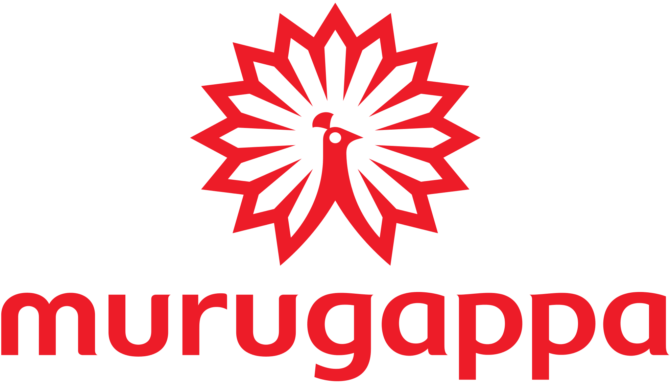
Choosing the Right Crop Management Software: A Comprehensive Buyer’s Guide for Farmers
In an era where technology intersects with agriculture, the right crop management software can be a game-changer for farmers seeking to optimize their operations, improve yields, and make informed decisions. However, with a plethora of options available, choosing the software that aligns with your farm’s specific needs can be a daunting task. This comprehensive buyer’s guide aims to assist farmers in navigating the selection process and finding the perfect crop management software for their agricultural enterprise.
1. Identify Your Farm’s Specific Needs:
Understanding your farm’s unique requirements is the first crucial step in choosing the right crop management software. Consider factors such as the size of your farm, types of crops grown, and specific challenges you aim to address. Whether you need help with precision agriculture, financial management, or inventory tracking, clearly defining your needs will guide you in selecting the most suitable software.
2. User-Friendly Interface:
A user-friendly interface is paramount for effective utilization of crop management software. Look for software with an intuitive design that allows easy navigation and requires minimal training. The goal is to empower users with tools that streamline tasks rather than add complexity to their workflow.
3. Compatibility with Existing Systems:
Ensure that the chosen crop management software integrates seamlessly with your existing farm management systems. Compatibility is crucial for a smooth transition and avoids potential disruptions in your daily operations. Check whether the software can sync with equipment, sensors, and other technologies already in use on your farm.
4. Data Security Measures:
Given the sensitive nature of farm data, prioritize software that incorporates robust data security measures. Encryption, secure login credentials, and regular security updates are essential features to protect your farm’s information from potential cyber threats.
5. Scalability:
Choose crop management system that can scale alongside your farm’s growth. As your operations expand, the software should accommodate increased data volumes, additional features, and the evolving needs of your agricultural enterprise. Scalability ensures that your investment remains valuable in the long run.
6. Comprehensive Reporting and Analytics:
Effective decision-making relies on accurate and timely information. Look for crop management software that offers comprehensive reporting and analytics tools. These features should provide insights into crop performance, resource utilization, and financial metrics, empowering you to make data-driven decisions for improved efficiency and profitability.
7. Mobile Accessibility:
In modern agriculture, mobility is key. Opt for crop management software that offers mobile accessibility, allowing you to monitor and manage your farm from anywhere. Mobile applications should provide real-time updates, enabling you to respond promptly to changing conditions and make informed decisions on the go.
8. Support and Training:
Consider the level of support and training offered by the software provider. Adequate training ensures that your team can harness the full potential of the software, while responsive support addresses any issues or concerns promptly. A provider with a reputation for excellent customer service is an added advantage.
9. Cost Considerations:
Evaluate the cost of implementing and maintaining the crop management software. While cost is a significant factor, it’s essential to consider the value the software brings to your farm. A solution that aligns with your needs and provides a positive return on investment over time is worth the initial investment.
10. Peer Reviews and Recommendations:
Explore reviews and testimonials from other farmers who have experience with the crop management software you are considering. Peer insights provide valuable perspectives on the software’s performance, reliability, and how well it meets the needs of diverse farming operations.
Conclusion: Empowering Your Farm with the Right Choice
Choosing the right crop management software is a strategic decision that can significantly impact the success of your farm. By following this comprehensive buyer’s guide, you empower yourself with the knowledge needed to make an informed choice. Keep in mind that the ideal software is not just a tool but a partner in your journey towards efficient, sustainable, and profitable agriculture. If you’re looking for the right crop management software, contact Net Access now!

